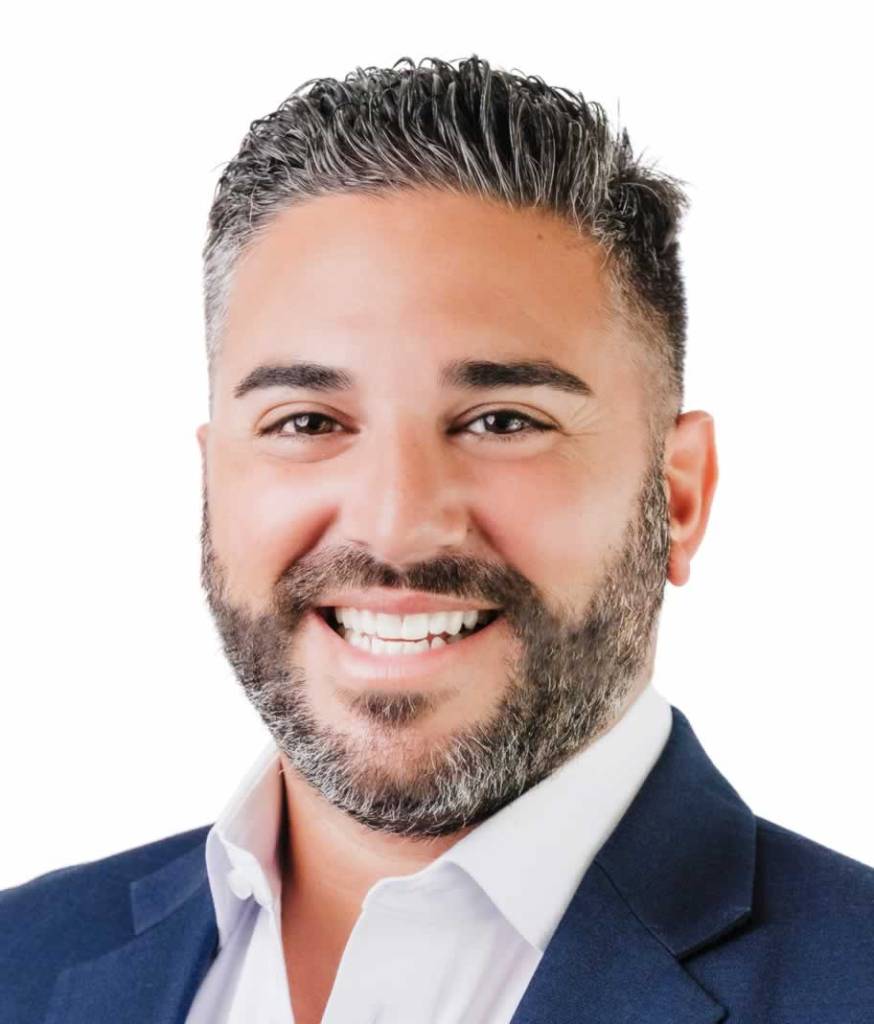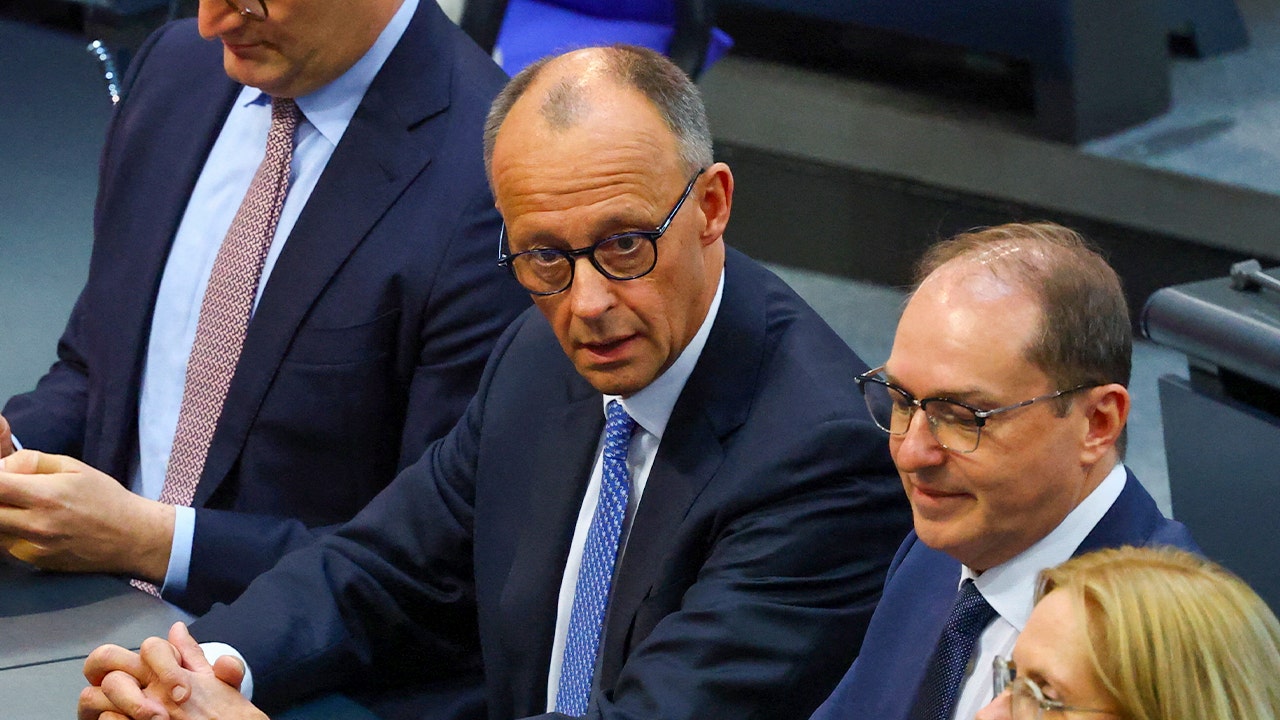The broader mortgage industry and the reverse mortgage subset have worked through a period of elevated interest rates for longer than anyone may have been expecting. Following a post-pandemic boom in volume fueled by Home Equity Conversion Mortgage (HECM) refinances, higher rates have served to restrict HECM volume, according to industry professionals and analysts.
In response, many lenders have leaned into proprietary products — private-label reverse mortgages that may be modeled on the template of the HECM program but are not part of a federal program and often feature lending limits beyond the one set by the Federal Housing Administration (FHA) for the HECM program.
Over the past couple of months, proprietary reverse mortgage activity has been expanding. The HECM market leader has rolled out a new product, leading lenders in the space are singing the praises of their products’ performance, and existing players have aimed to bring new variations to the market.
Does this make it a challenge to differentiate the various offerings across competitors? We enlisted the input of several high-ranking reverse mortgage professionals to find out.
Standing out in a more crowded field
 Mike Kent
Mike KentIn a recent interview with HousingWire’s Reverse Mortgage Daily (RMD), Liberty Reverse Mortgage’s Mike Kent spoke to this point by talking about how the company’s broader efforts expand the potential for his company’s proprietary product — the recently relaunched EquityIQ — to stand out.
“Our hope is, in addition to launching a proprietary product, other things we’re doing in our business to expand our customer base and our distribution networks give us a leg up,” he said.
“We have a very large forward origination business that we’re expanding the reverse mortgage product into, and a very large forward servicing portfolio. That will also allow us to expand EquityIQ into the right demographic within that servicing portfolio.”
But Kent prefers for more entrants to be active in the field, so the “problem” could be indicative of industry progress and other efforts regarding expansion of the industry’s distribution channels, he said.
Consistency as a hallmark
At Finance of America (FOA), chief production officer Jonathan Scarpati said that the company is in a good position as far as proprietary market leadership. Many competitors look to FOA’s product offerings as potential models for their own forays into the space.
 Jonathan Scarpati
Jonathan Scarpati“I think it does segment the market,” he said. “But I do like that it keeps the edge on at Finance of America. It’s not time to get comfortable. We have to continue to innovate and continue to find new ways to win, and we’re up for the challenge.
“We’ve done that consistently for very many years, and I’m not seeing that change anytime soon.”
Scarpati added that a personal pride point is that FOA’s product line, HomeSafe, has been a consistent presence in the proprietary landscape. This is in spite of some challenges that have caused other lenders to either change the terms of their private products or pull them from the market altogether.
“Quite frankly, we have held true,” he said. “And we have done what’s best for the borrower over and above anything else. Yes, the markets change, but [we have been consistent with] where we’re going to allow them to close at, and I think the originators in the space appreciate that.”
New entrants keep coming
Even in just the past couple of months, the proprietary landscape has seen considerable growth in the availability of products.
While Liberty relaunched EquityIQ, HECM market leader Mutual of Omaha Mortgage announced the launch of their own private product called SecureEquity. It’s available to borrowers as young as 55 in some states, with a lending limit of $4 million, a figure that has largely become an industry standard.
But the company’s market position could make for a disruptive entrant in the space, and it recently hired a reverse mortgage industry veteran to assist with SecureEquity’s broader rollout.
Last month, Longbridge Financial announced the addition of a new proprietary reverse mortgage product as part of its existing Platinum line of private loans, known as Platinum Preserve.
It is “designed to help senior homeowners tap into their home equity now while reserving a portion for future needs, offering a balanced approach to immediate and long-term financial planning,” the company said in its announcement of the product.
One month before introducing the Preserve product, Longbridge announced a new variation for its private fixed-rate product called Platinum Peak.
It aims to offer higher available loan-to-value (LTV) ratios, which are designed to translate into higher loan proceeds for borrowers. It also features updated seasoning requirements for Platinum-to-Platinum or proprietary-to-Platinum transactions.
.png)
 German (DE)
German (DE)  English (US)
English (US)  Spanish (ES)
Spanish (ES)  French (FR)
French (FR)  Hindi (IN)
Hindi (IN)  Italian (IT)
Italian (IT)  Russian (RU)
Russian (RU) 







Comments